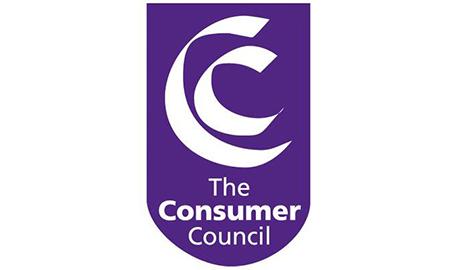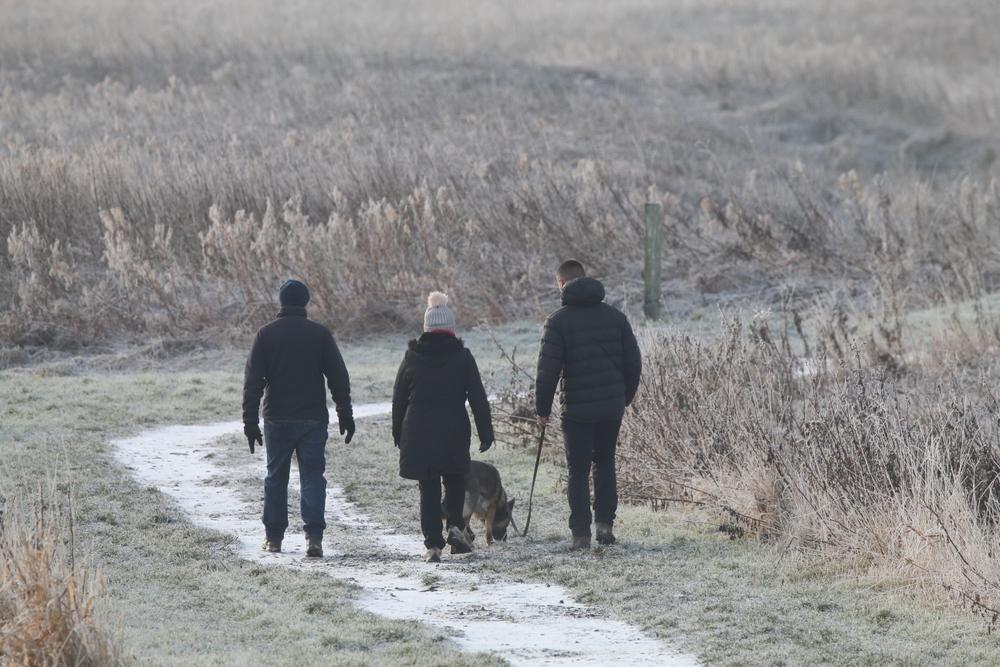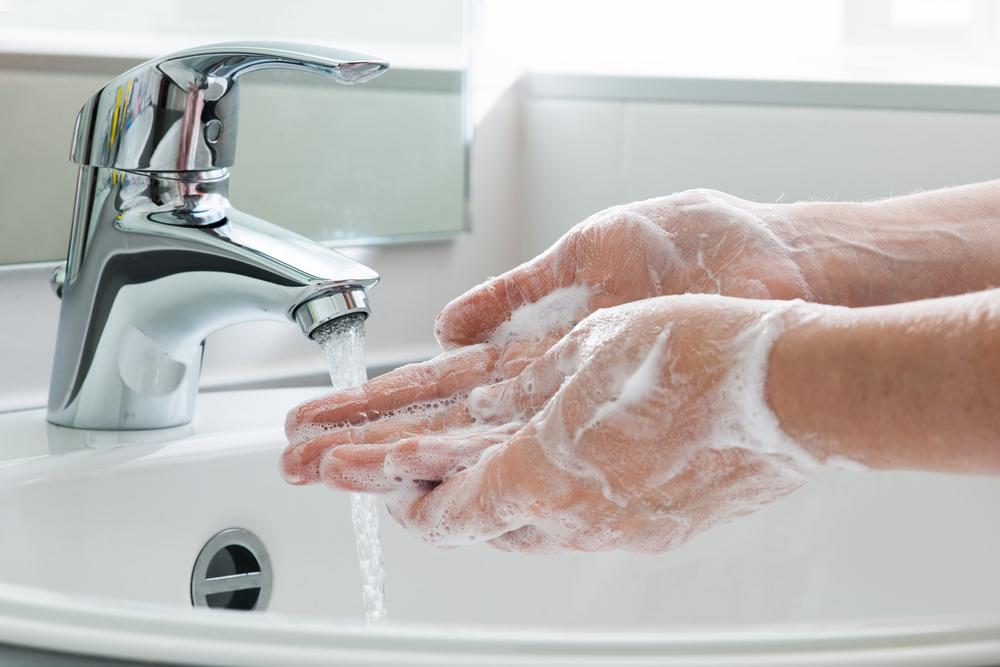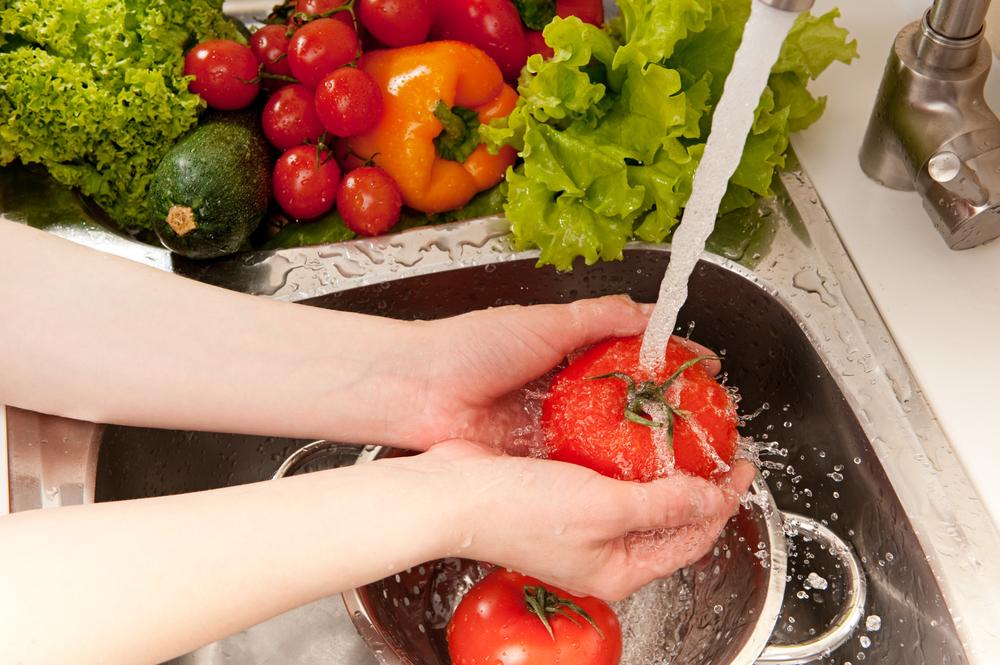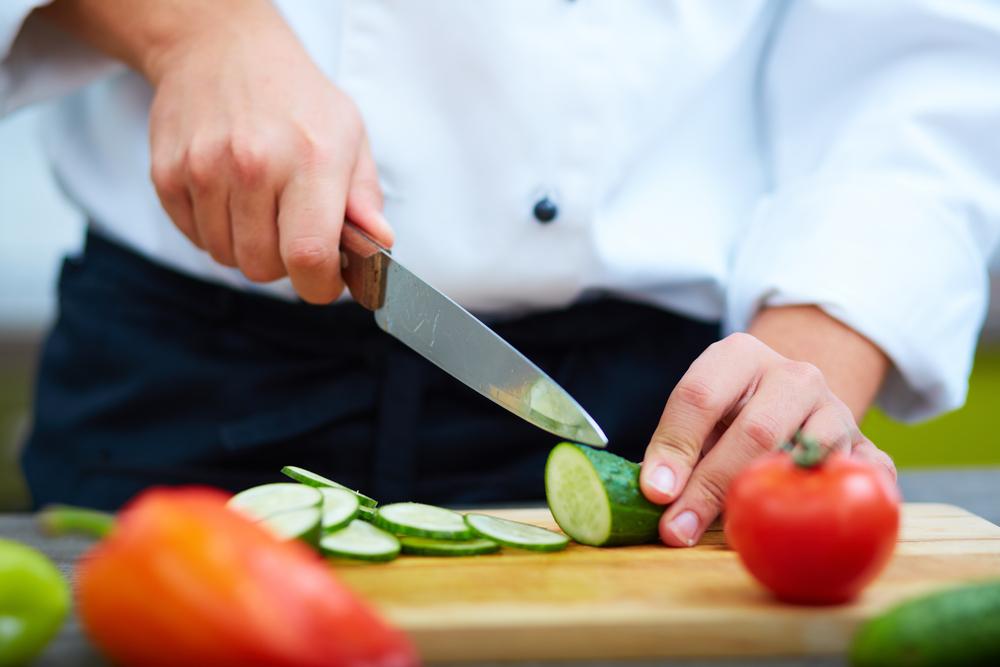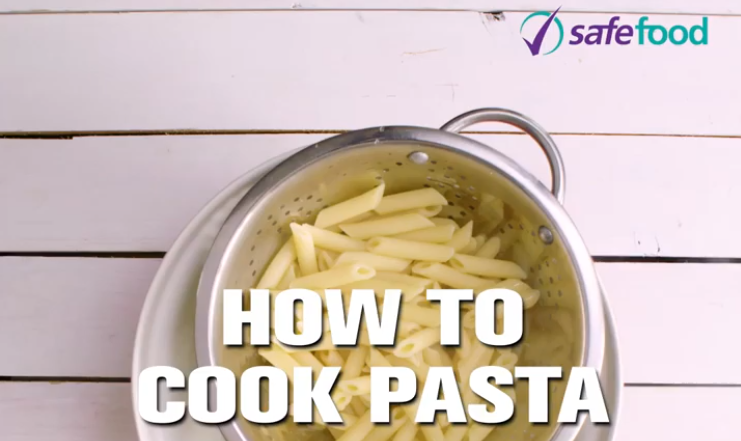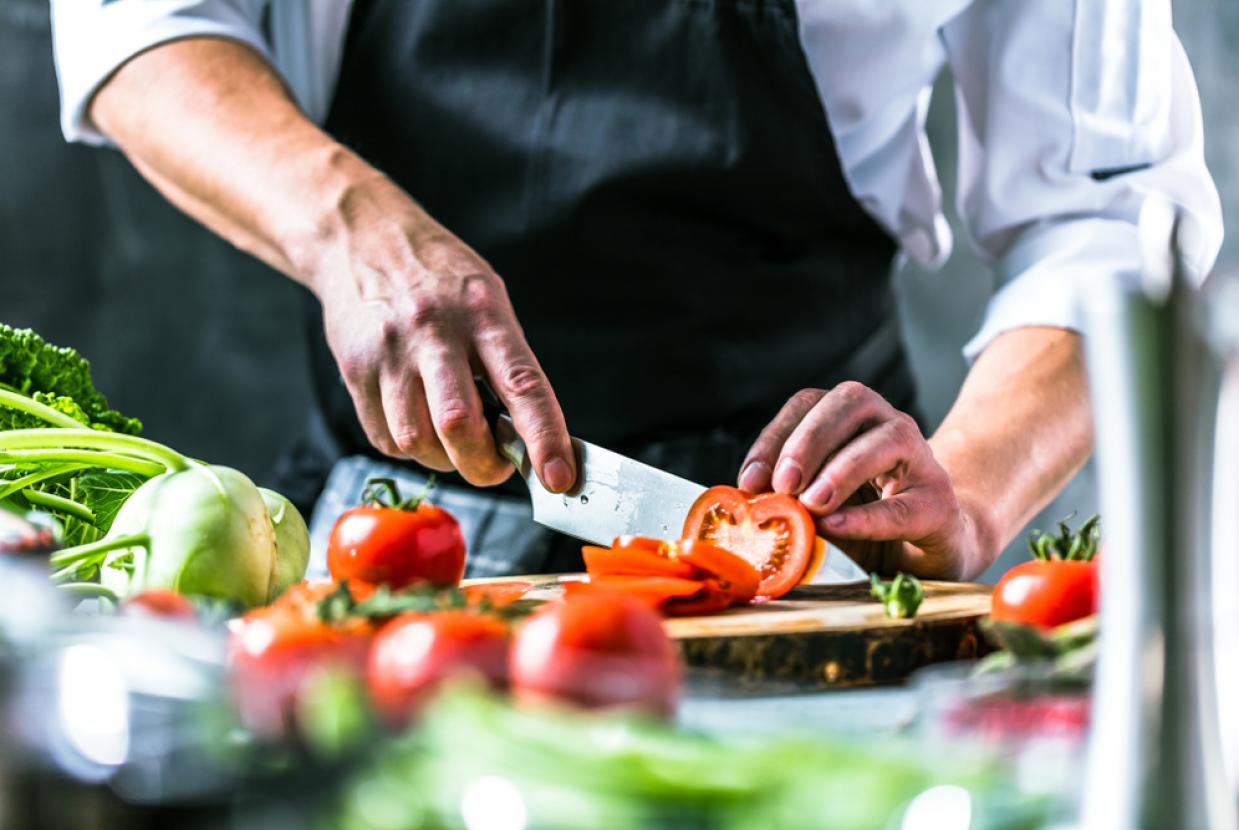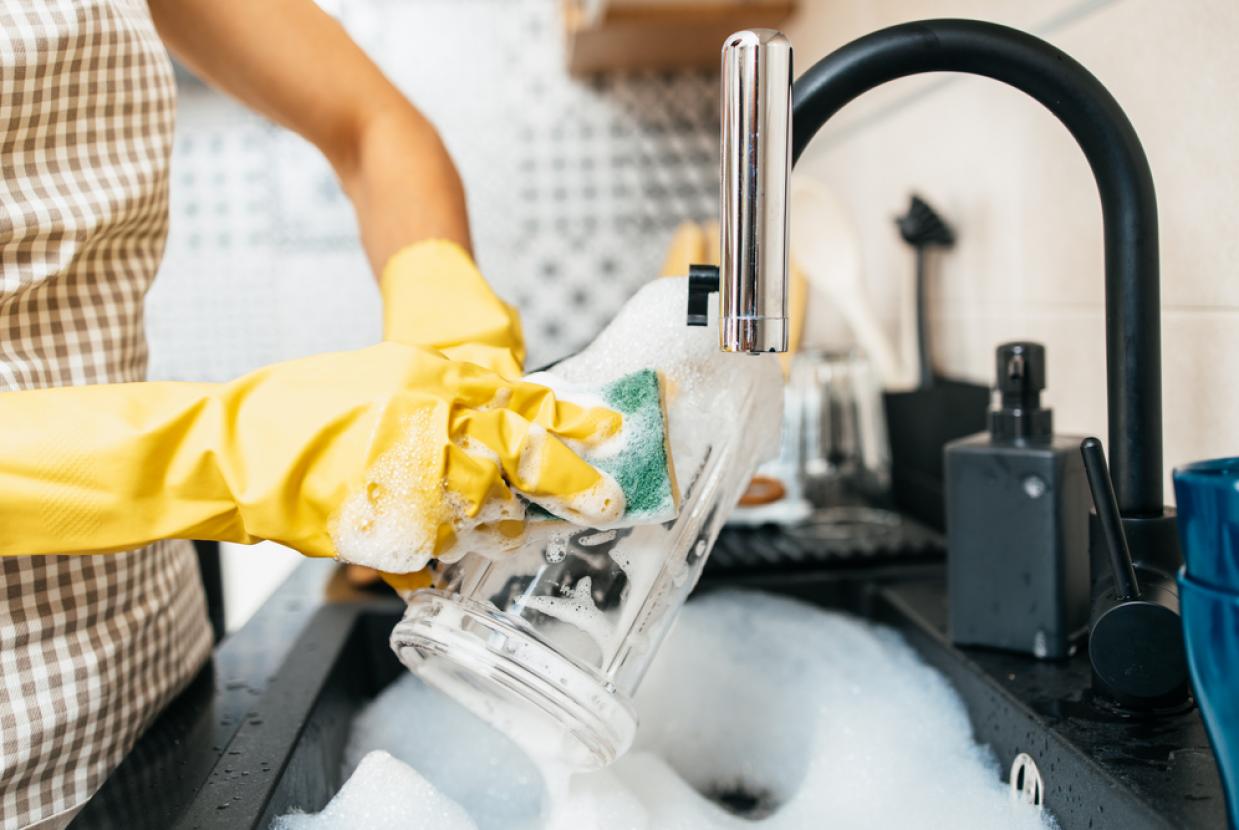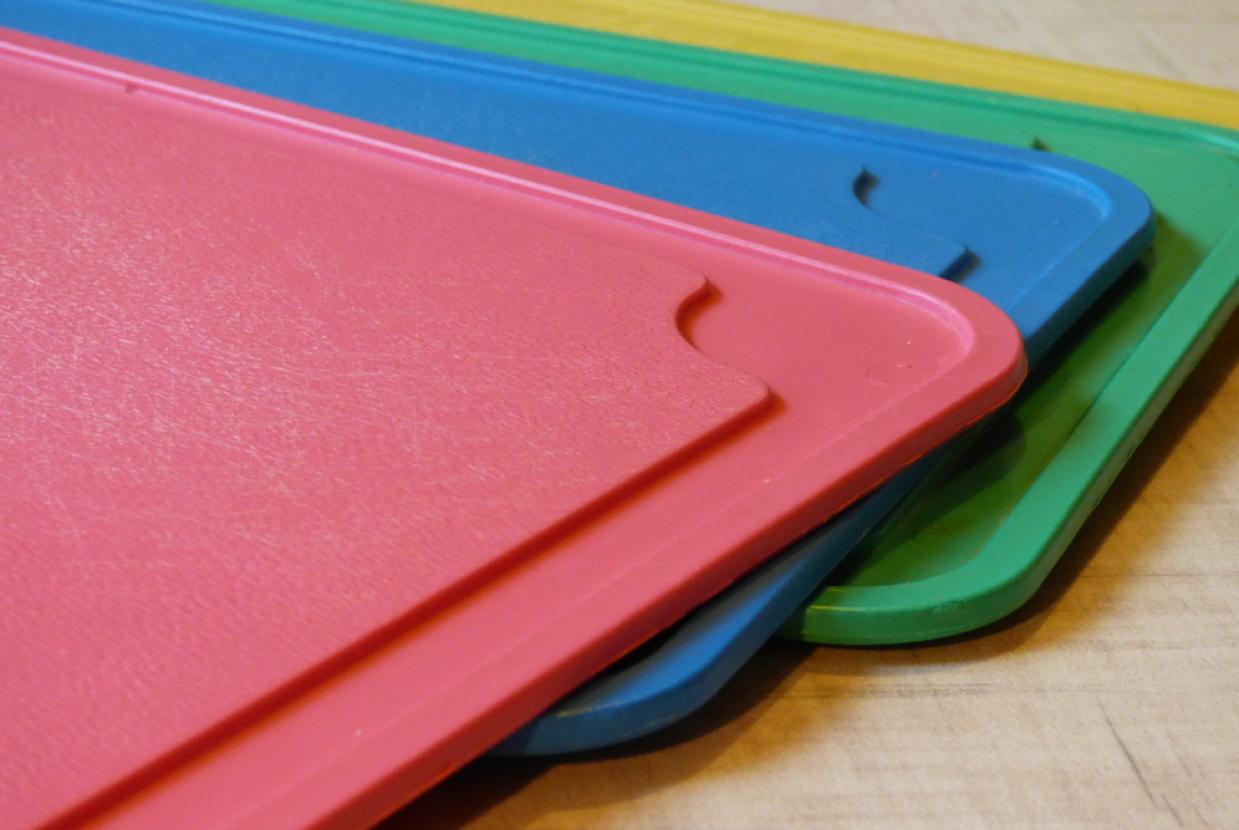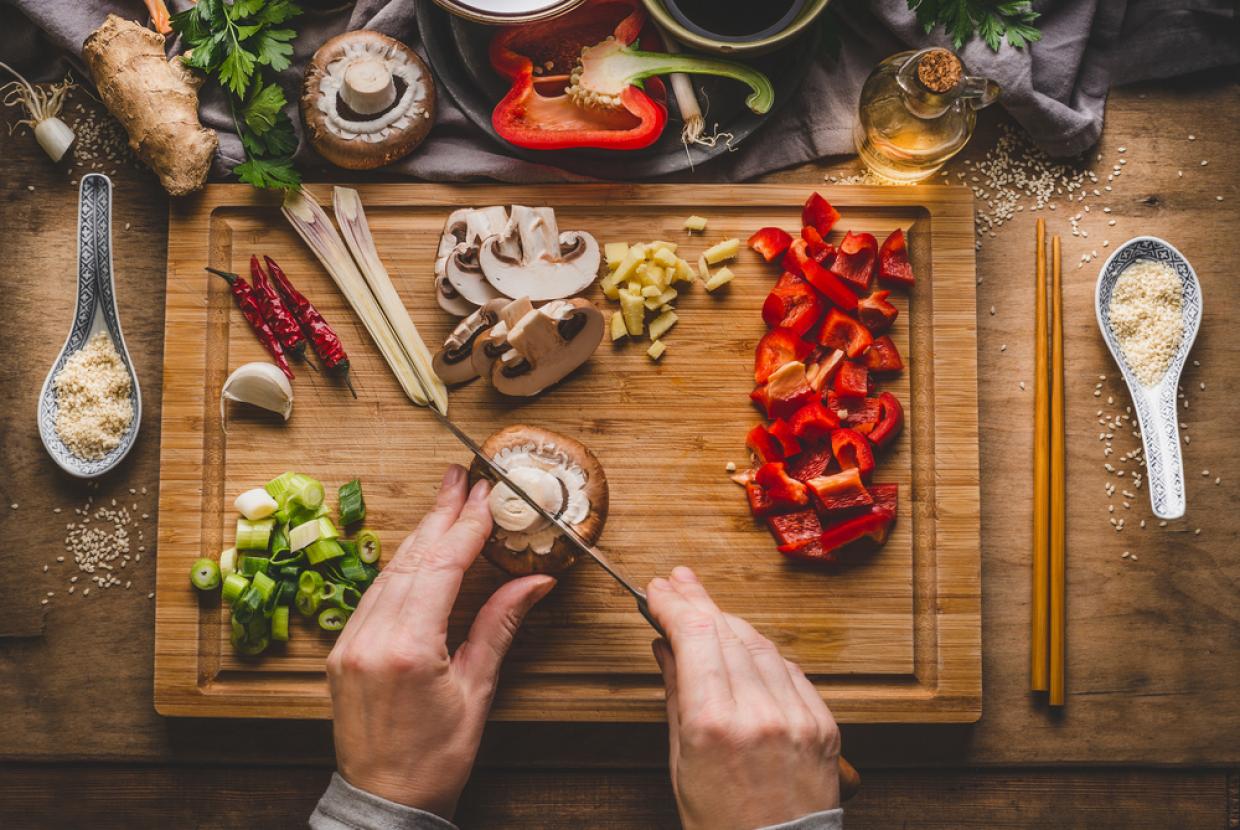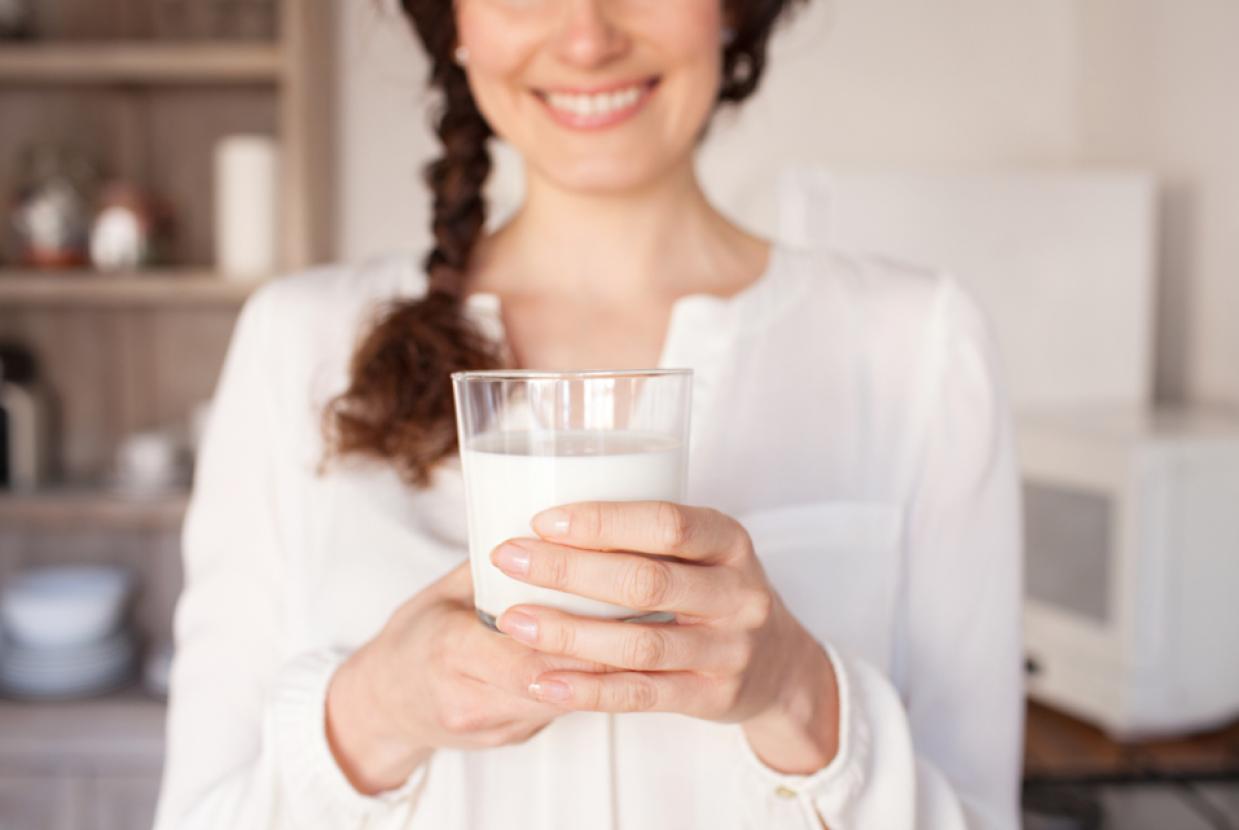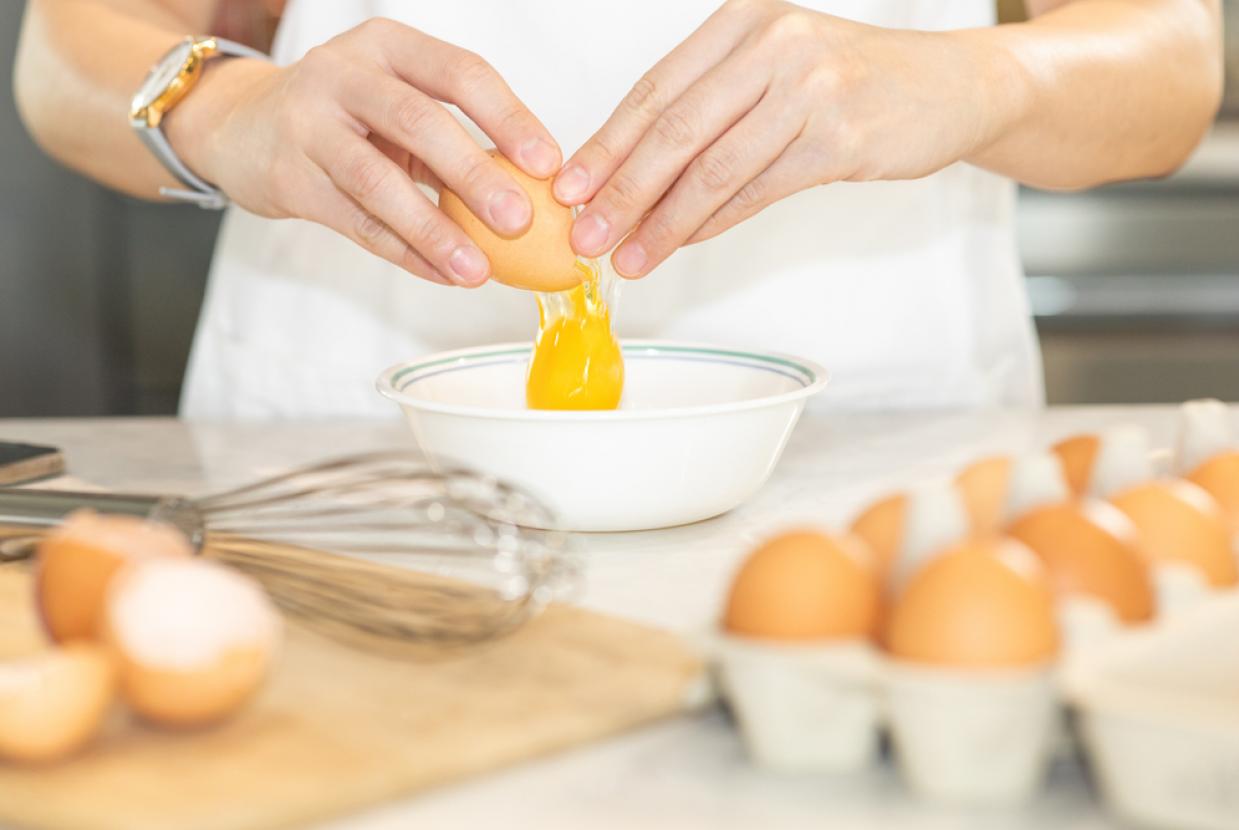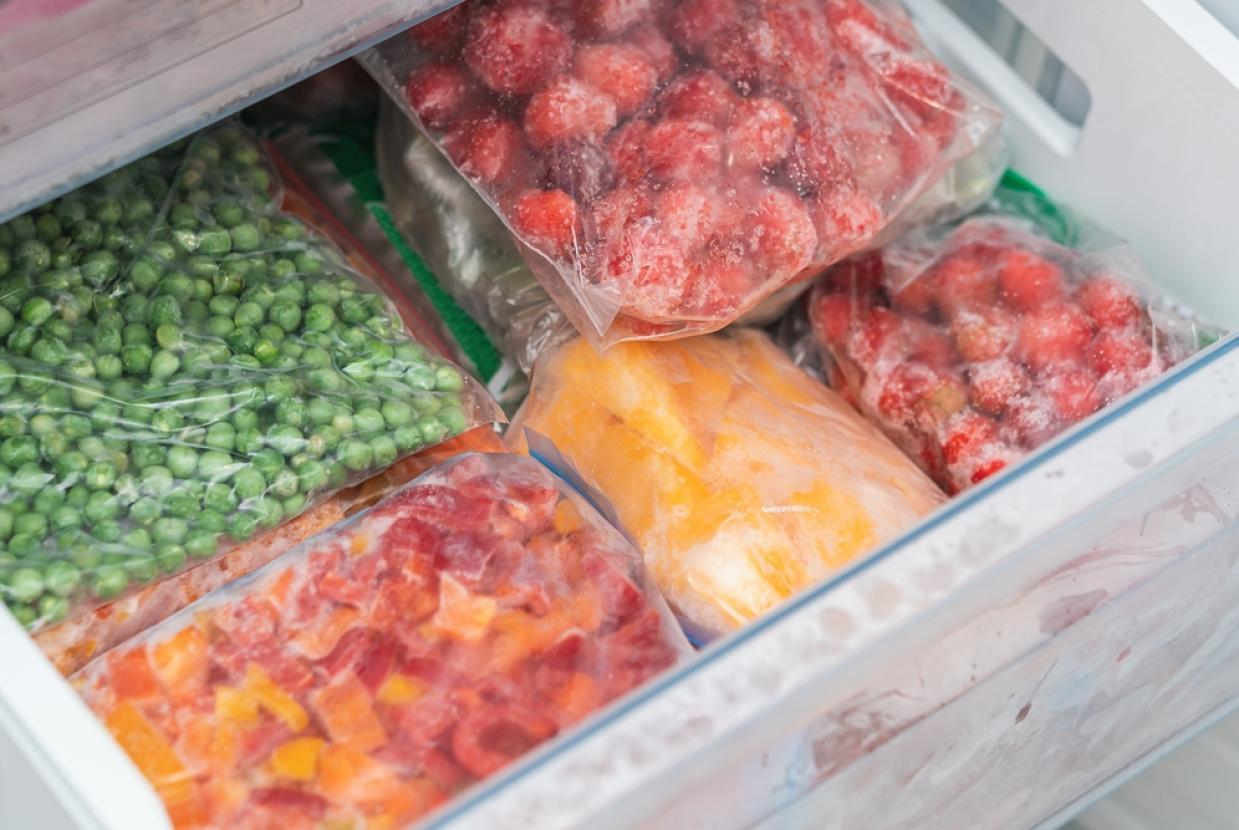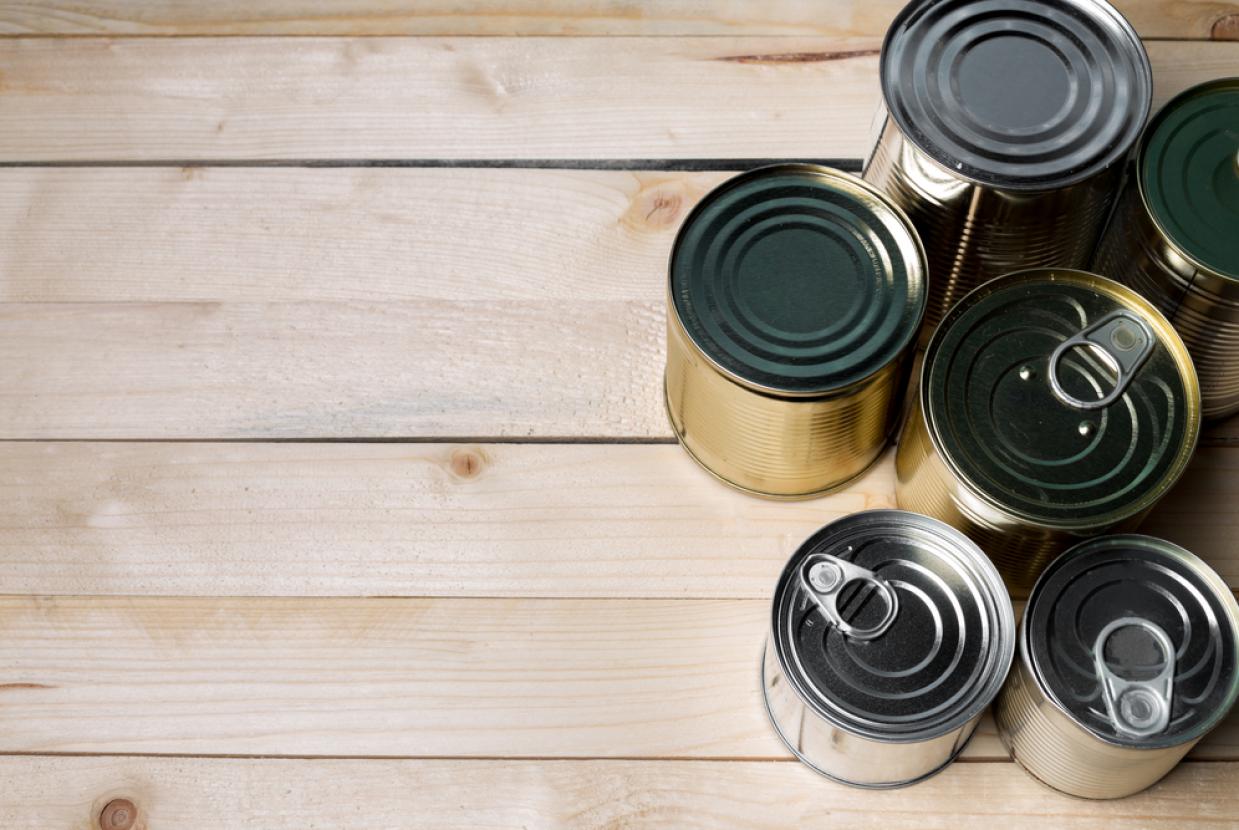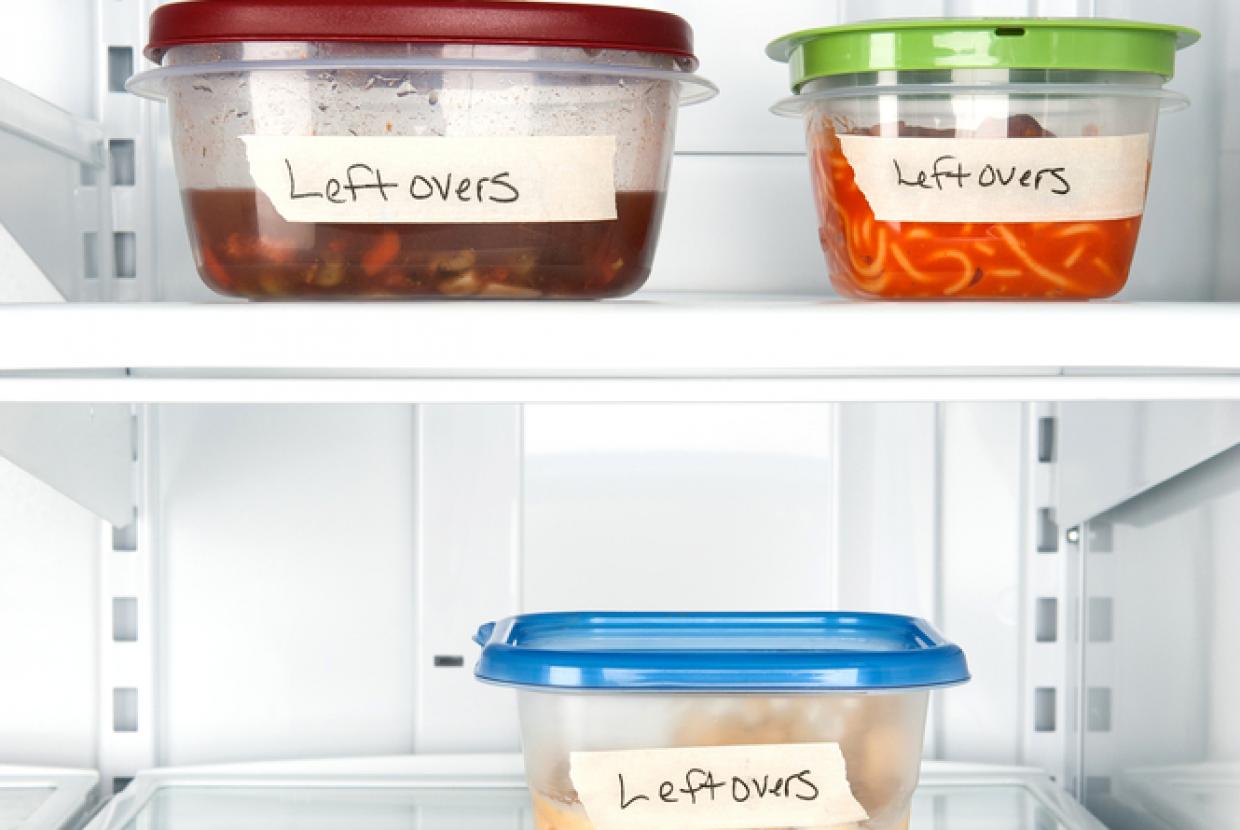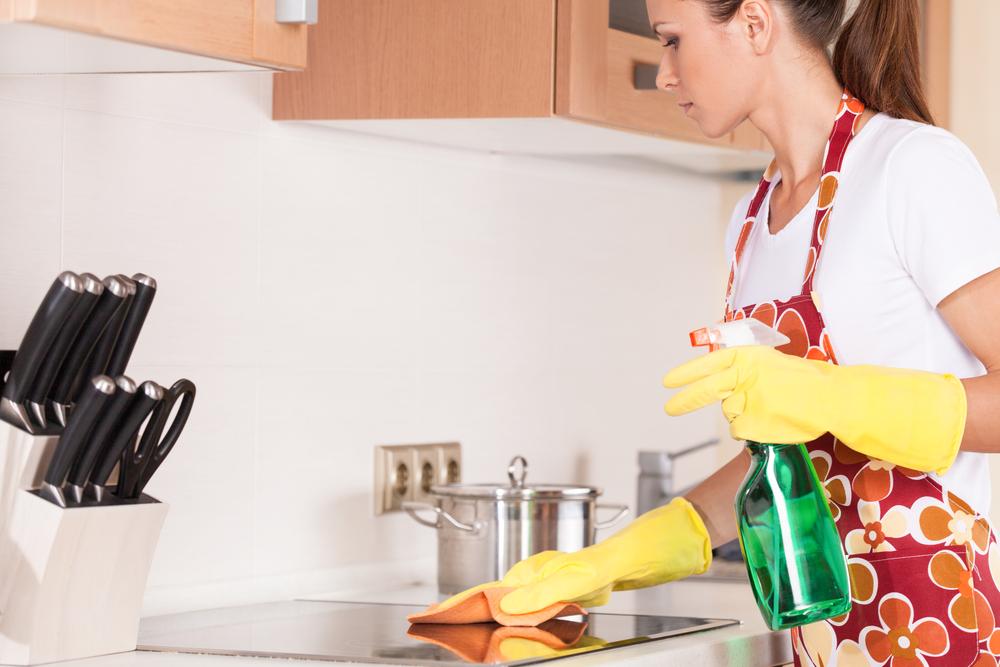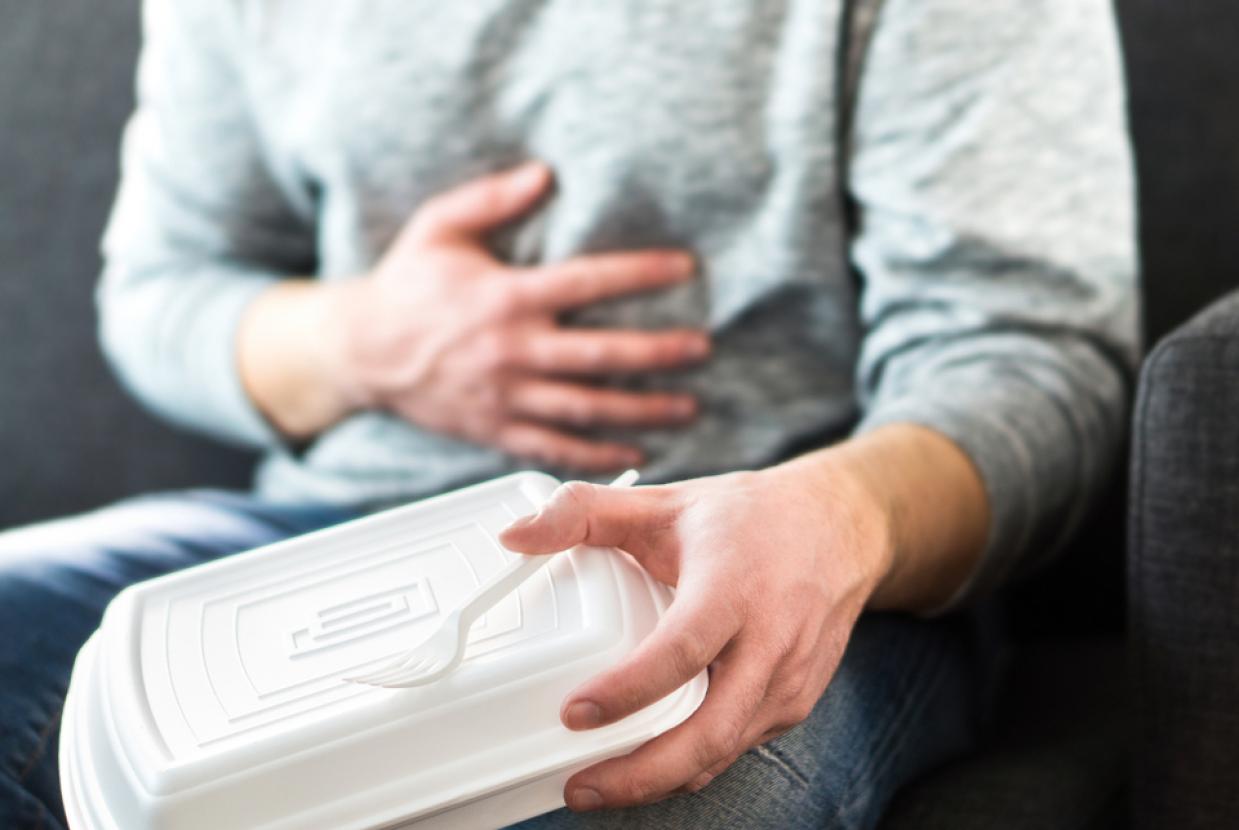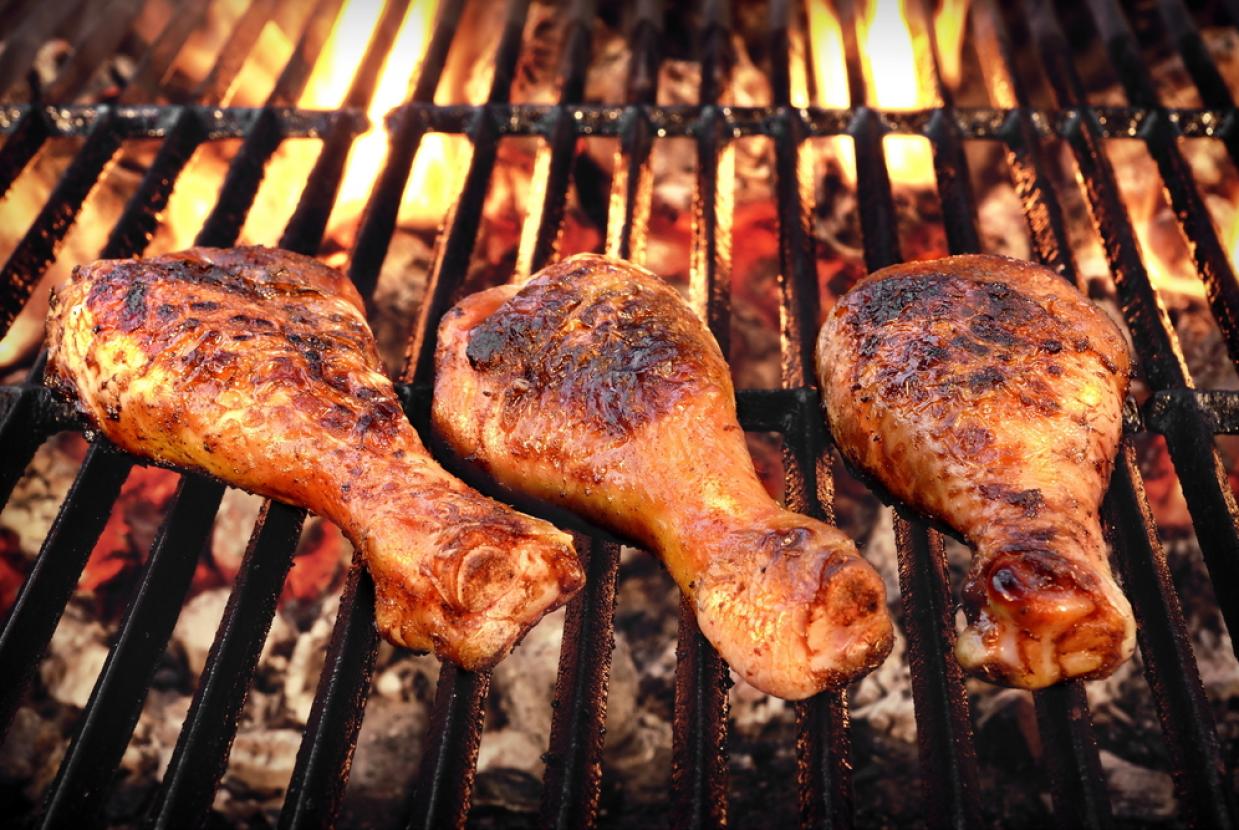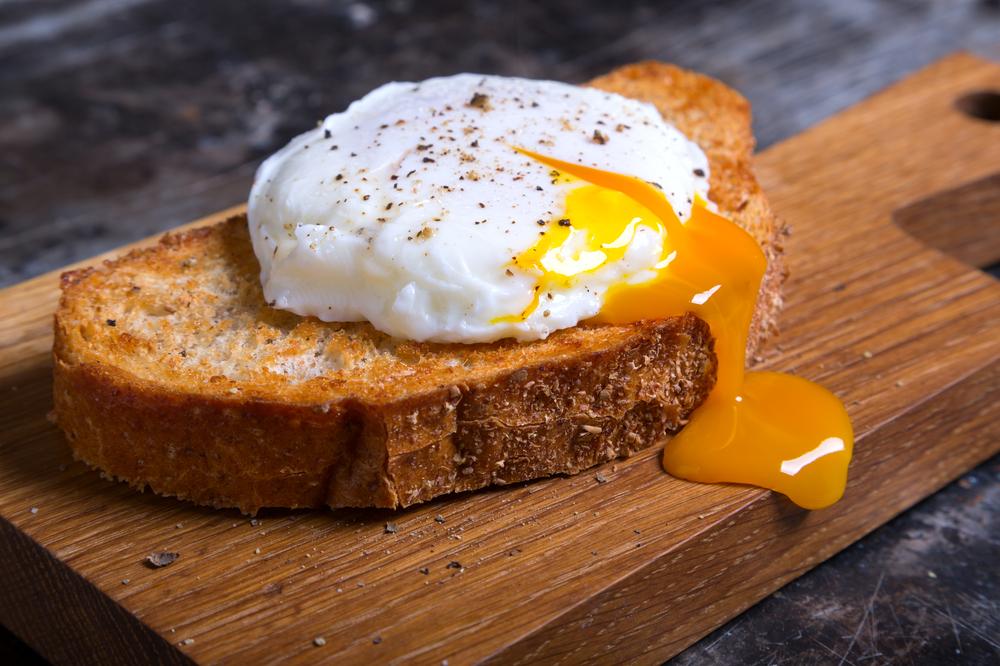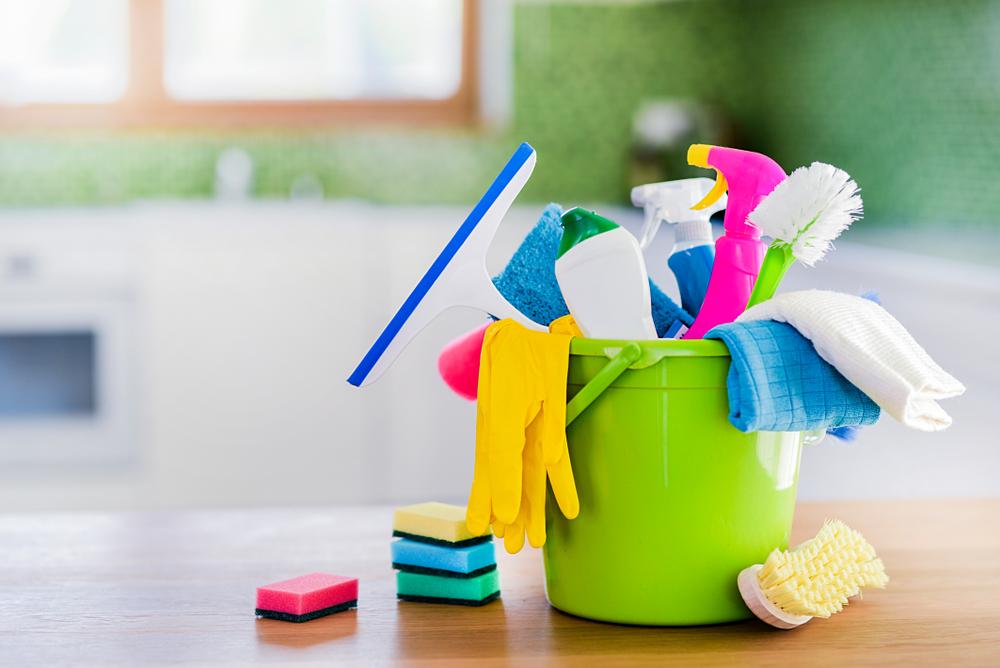Ways To Save Money On Food
Food Safety / Cost of Living HelpBefore you go shopping
- Do a stock take of your cupboards, fridge and freezer to see what you have.
- Plan meals you are going to have for the week and think about using up leftovers.
- Make a shopping list... and stick to it!
- Set yourself a target budget.
- Do not go shopping on an empty stomach.
- Remember to take your bags for life. The new carrier bag levy, increasing the cost of carrier bags to 25p, came into effect on 1 April.
When you are shopping
- Downshift your brands. If you normally buy premium brands, try shifting to a ‘regular’ brand or supermarket own brand.
- Buy loose items. Pre-packed and prepared items can often cost more. Save yourself some money and buy loose fruit and vegetables in the quantities you will use.
- Look at price per unit. Do not assume 'offers' are good deals. Always look at the price per unit and work out which represents the best value for money.
- Don't be tempted by promotions. Check if end of aisle displays and promotions actually are good value for money and ask yourself if you really need them. Remember, it is only a good deal if you need it.
At home
- Use-by dates are there for safety - You can eat, cook or freeze food up until midnight on the use-by date shown. Cooking the food will give you an extra 48 hours to either eat it or cool it down and freeze it. Best before dates mean just that, you can still consume food or drink after that date, but the quality may not be as good.
- Reuse and recycle - Consider buying refills to cut down on price and waste.
Shelf life tips
Fed up with food going off too quickly?
We are hearing a lot from consumers taking part in our food research that the shelf-life of fresh food is not as it once was. With food costs so high, it’s important that you get the longest life out of the food you buy. Here are some quick tips to help your food last longer.
- Search around. It might not be easy for everyone to do, but reaching to the back of the shelf, or lifting a crate of fruit or vegetables to get to the better dates can be worth the effort. Shops will normally put the shorter dates on top or at the front.
- Freeze it. If the food you’ve bought is near its use-by, or not looking its best then get freezing. It’s surprising what can be frozen.
- Inspection time. It’s worthwhile inspecting what you’ve bought before putting it away. A bad potato or apple, or a squidgy satsuma will soon make the others go off. It’s often best to take fresh produce out of their original packaging and put things that go stale in sealed containers (ideally these will be reusable). Put items that will rot in containers that allow good airflow.
- Keep cool. According to Love Food Hate Waste, the average UK fridge is set too warm at 7°C, where they should be set between 3-5°C. Adjusting the temperature can make your food last three days longer. You can find out how to check and set your specific make of fridge on the Love Food Hate Waste website. They also have a guide to which food items are best kept chilled.


